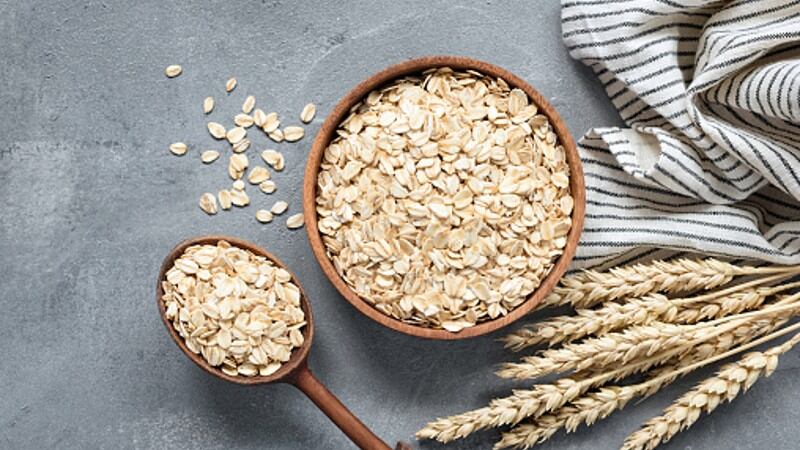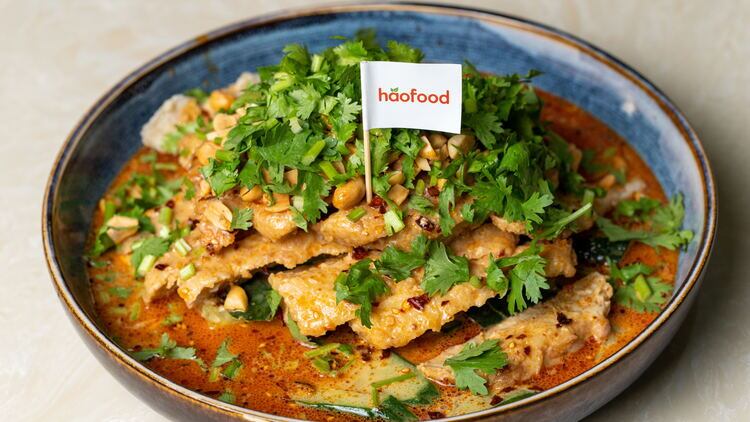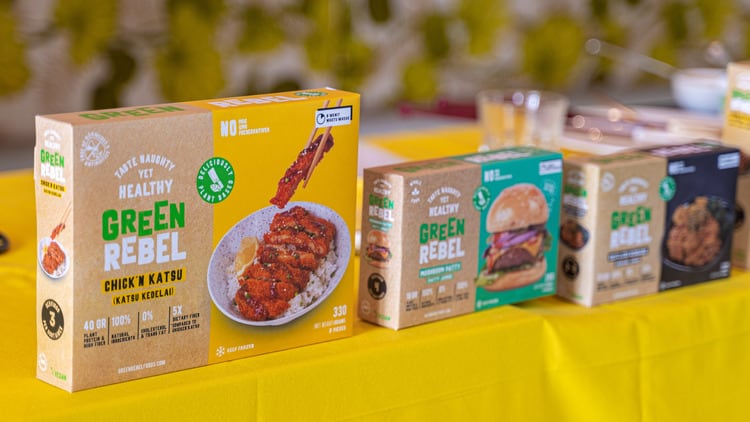Oats have long been discounted from the diets of consumers with gluten allergies and intolerances, which has hindered the maximal growth of oat-based products in countries such as Australia where reports have shown about 1.5% of the population have allergies serious enough to be considered coeliac disease, 7% have gluten intolerance, and overall about 25% actively avoid gluten in their diets out of fear of developing intolerance.
New multinational research from Australia’s national science agency CSIRO, the Walter and Eliza Hall Institute of Medical Research (WEHI), Edith Cowan University (ECU), Sweden’s Lund University, the ScanOats Industrial Research Center and Helmholtz Munich has revealed that oats’ genetic makeup actually gives it a lower probability of triggering food allergy and intolerance in gluten-intolerant consumers.
Based on in-depth genetic analysis of the oat genome, the researchers believe that oats may in fact be not just safe but also nutritively beneficial for consumers on a gluten-free diet.
“Concerns that oats harbour gluten-like proteins that may be harmful for people with coeliac disease has meant that in Australia and New Zealand, oats are currently excluded from the gluten-free diet, [but] this study tells us that the genes encoding potentially harmful gluten-like sequences are infrequent, expressed at low levels and the sequences themselves less likely to trigger inflammation,” said WEHI Associate Professor Jason Tye-Din.
“These characteristics mean oats bear closer genomic and protein similarities to rice, which is safe in coeliac disease, than wheat and other gluten-rich cereals.”
Prof Tye-Din added that consumers on gluten-free diets tend to consume less grains as a result, opening them up to higher risks for heart disease – a situation which could be altered quite dramatically by including oats into the diet.
In addition, the study confirmed that oats contain high levels of the souble fibre β-glucans, which have been proven to reduce blood cholesterol and benefit heart health, and also decreases post-meal glycaemic responses so have a positive effect on those with metabolic disease like type 2 diabetes.
Given these findings, the researchers also pushed for the use of more modern strategies – especially technology involving genetic modification – to increase the production and supply of oats in the Australian and global food supply.
“Modern breeding strategies such as genome editing and gene pyramiding can now more easily be applied in oat to develop varieties that meet the increasing global demand for oat-derived products,” they said.
“Oat has a low carbon footprint, substantial health benefts and the potential to replace animal-based food products [so based on this] evidence supporting oat safety in gluten-free diets, [we hope this] improved understanding of basic oat biology [can help to] accelerate genomics-assisted breeding and [further] oat studies.”
This was stressed by ECU’s Dr Angéla Juhász, who highlighted the potential enormous boon this could be for Australia’s oat sector.
“[We can now] identify not only the proteins associated with gluten-like traits in oats but also characteristics which can increase crop yield, boost nutritional profiles [such as high-protein to address plant-based protein demand] and make them more resistant to disease and drought,” she said.
“This can provide Australian growers with unique, differentiated grain to maintain Australia's position as a supplier of premium, high-quality grain that delivers specific health benefits to Australians.”
How can oat-based product brands capitalise?
With the rapid rise of the plant-based product sector in Australia, plant-based milks have also been seeing a significant boom, and within this oat milks have also become increasingly in-demand, although these have as yet not been as popular with consumers fearing gluten intolerance.
There are already several major brands that have moved into launching oat-based milks such as Australia’s Own, So Good and Chobani, and there is a clear trend showcasing how these brands see major potential for this sector.
One particular area of potential is in expanding exports due to oat milk having a longer shelf life than traditional dairy, which would allow it to make longer trips on a ship or any other transport method through the supply chain.
“Chobani sends our dairy yoghurts to Asian markets like Singapore, Malaysia, Thailand and the Maldives, but in smaller batches as the shelf life is short, the supply chain is not ideal and it makes the product more expensive,” Chobani Australia Managing Director Lyn Radford told FoodNavigator-Asia.
“Oat milk has a much longer shelf life, [and making products with this makes] exporting to Asian markets much more doable.”
Other firms, such as New Zealand’s Harraways which has a very niche focus on oat products, would definitely also see a good strong boost if oats are able to be included into gluten-free diets under the Food Standards Australia New Zealand code as at present it already has plans to innovate products to minimise allergic reactions.
“There are so many of these allergy issues these days, and it is only getting bigger – we think we can make something easier for those suffering from allergies to digest and eat,” Harraways Marketing Manager Peter Cox said.
Study: The mosaic oat genome gives insights into a uniquely healthy cereal crop
Source: Nature
Authors: Kamal, N. et. al.





